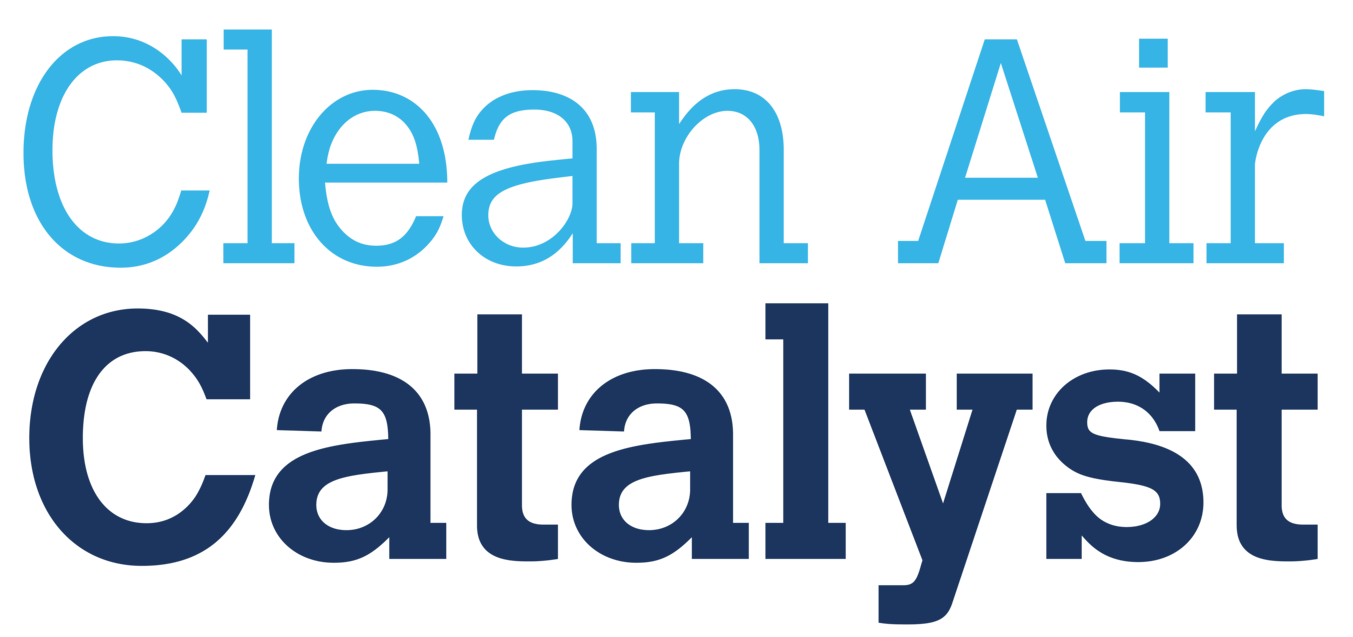Climate Change and Air Quality: Working Towards a Unified Approach for The Environment
By George Mwaniki, PhD Director of Air Quality, WRI Africa, November 16, 2022
Climate change is arguably the most significant challenge we are facing in this century. It has the potential to significantly disrupt our lives, and for some it is already doing so. The global community has recognized this challenge and put in place the Paris Agreement on climate change and other mechanisms to facilitate collaborations between countries and institutions to address the worsening crisis. However, the success of these mechanisms will largely depend on actions taken at country and community level.
The global nature of climate change highlights the importance of countries’ collaboration in preserving common and shared resources such as the atmosphere. Historically, issues related to the emission of air pollutants — many of which are also greenhouse gases — have been viewed as a challenge for local authorities to solve. However, once these emissions enter the atmosphere, they can travel long distances and cause pollution in areas far from their sources — in some cases going beyond country and regional boundaries. Thus, there is a need to find ways to use international climate mechanisms by going beyond the narrow scope of greenhouse gases to address the broader question of air pollution.
It can also be argued that climate action should be anchored in existing air pollution regulatory frameworks, which have accumulated a wealth of evidence and experience related to reducing emissions at the local level. The issue — which got its policy and research traction in the 1950s and 70s — was originally defined as the emission of health impairing pollutants into the atmosphere.
This argument broadly ignored other air pollutants that also have a significant impact on the environment, such as ozone-depleting substances and greenhouse gases, although their impacts on ozone depletion and climate change were not well understood at the time. But as time has gone on and the links are increasingly understood, the issues are still viewed as separate in the policy and research domains.
This approach has proven to be ineffective in attracting the required policy action. For instance, it is understood that local communities care more about air pollution because its impacts are experienced more immediately. By comparison, climate change impacts are viewed as a global challenge, and local communities' efforts are assumed to have minimal impact in combating it. Therefore, local communities are more likely to push for emission reforms of air pollutants instead of reforms that target climate change.
Cities can address climate change and air pollution at the same time. They can select solutions that address both issues and achieve the co-benefits of protecting the climate system as well as protecting human health and wellbeing.
The Nairobi City County government is piloting such an integrated approach through the Clean Air Catalyst, a project funded by the U.S. Agency for International Development with support from World Resources Institute and its partners. The Catalyst team approach ensures that stakeholders help to identify the sources of pollution, so they have a common understanding of where the pollution is coming from. After determining the underlying causes of pollution, the team analyzes their impacts on health, climate and equity and selects a set of solutions that address the impacts and have support from key stakeholders. Finally, the team forms a coalition that supports a solution and helps to implement it.
Nairobi and the other two pilot cities of the Clean Air Catalyst, Jakarta, Indonesia and Indore, India, are proving that it’s possible to address air quality and climate issues at the local level. By bringing people together to address the causes of pollution and finding solutions that are sustainable, cities can make a difference.

